1. Data Integration Services in Stuttgart, Ludwigsburg, Frankfurt, Mannheim, Karlsruhe, Heidelberg, Freiburg, Nuremberg, and Munich
In economically strong regions such as Stuttgart, Ludwigsburg, Frankfurt, Mannheim, Karlsruhe, Heidelberg, Freiburg, Nuremberg, and Munich, efficient data integration is becoming increasingly important. Companies need to reliably and securely combine data from various sources — whether cloud-based or on-premises. Darksn supports you in implementing modern data integration strategies tailored to your region and industry.
2. ETL and ELT Technologies for Structured Data Flows
For building automated data pipelines, we use market-leading technologies such as:
• Apache NiFi (graphical data flow management)
• Talend Data Integration (open-source ETL solution)
• Azure Data Factory, AWS Glue, Google Dataflow (cloud-native ELT/ETL platforms)
These tools enable reliable connection of ERP, CRM, and third-party systems — ideal for companies in cities like Mannheim or Freiburg.
3. API-Based Integration and Hybrid Connections
Using modern API management platforms, diverse systems can be flexibly integrated. Platforms include:
• MuleSoft Anypoint Platform
• Boomi by Dell Technologies
This allows us to realize multi-cloud integrations, microservices connections, and SaaS linkages — especially relevant in innovation hubs like Munich and Karlsruhe.
4. Real-Time Data Processing with Kafka, Pub/Sub & Co.
For event-based data integration and streaming, we rely on:
• Apache Kafka & Confluent
• Google Pub/Sub
• AWS Kinesis
• Azure Event Hubs
These solutions are ideal for companies with high data volumes — e.g., in Frankfurt or Nuremberg.
5. Data Quality, Security & Governance
Reliable integration starts with clean data. Our tools and methods include:
• Talend Data Quality, OpenRefine (for clean data foundation)
• Informatica MDM, SAP MDG (for master data management)
• GDPR-compliant access control & encryption with Azure, Google Cloud, AWS
This guarantees integrity, protection, and transparency of your data landscape — also in Ludwigsburg or Heidelberg.
6. Your Partner for Scalable Data Integration: Darksn
As a specialist in data architecture, Darksn helps companies throughout Southern Germany build robust and future-proof integration solutions — whether for reporting, BI, IoT, or analytics.
From Stuttgart to Munich — we integrate your data reliably, securely, and efficiently.







